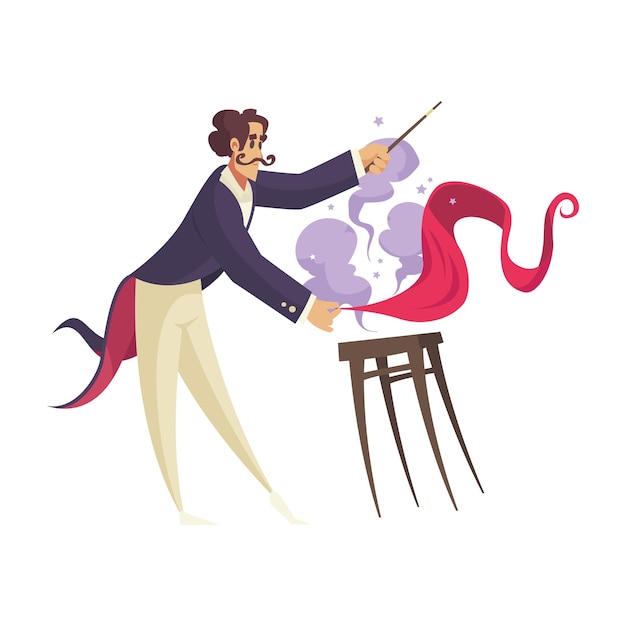Fascinating Facts about Diego Rivera

Diego Rivera was a renowned Mexican artist and muralist.
Rivera was born on December 8, 1886, in Guanajuato, Mexico.
He began drawing at a young age and showed great talent.
Rivera studied art at the Academy of San Carlos in Mexico City.
He was deeply influenced by the works of Renaissance masters such as Michelangelo and Da Vinci.
Rivera’s art often depicted themes of social and political commentary.
He is best known for his large-scale murals, which can be found all over Mexico.
Rivera’s mural in the National Palace in Mexico City is considered one of his masterpieces.
He also created murals in the United States, including the Detroit Institute of Arts.
Rivera married fellow artist Frida Kahlo in 19
Their relationship was passionate and tumultuous, but they influenced each other’s art greatly.
Rivera and Kahlo had a strong interest in indigenous Mexican culture, which is often reflected in their work.
Diego Rivera’s art often highlighted the struggles of the working class and oppressed people.
He believed in art as a tool for social change and used it to advocate for workers’ rights.
Rivera’s art championed the Mexican Revolution and its ideals of equality and justice.
Despite his fame, Rivera remained committed to using his art to shed light on societal issues.
Rivera’s murals often depicted scenes of laborers, peasants, and indigenous people.
Fascinating Facts about Diego Rivera part 2
He also incorporated symbolism and imagery from Mexican mythology and history into his art.
Rivera’s mural Man at the Crossroads in New York City was famously destroyed due to its controversial political content.
The destruction of the mural led to a public outcry and sparked debates about censorship and artistic freedom.
Rivera was a member of the Mexican Communist Party and openly expressed his political beliefs through his art.
He believed that art should serve the people and be accessible to everyone.
Rivera’s art had a profound impact not only in Mexico but also on the international art community.
His murals were instrumental in redefining the role of public art in society.
Rivera’s work inspired a generation of artists to use their art as a means of protest and activism.
Rivera’s art can be seen as a visual representation of Mexican history and identity.
He used bright, bold colors and powerful imagery to capture the spirit and energy of Mexico.
Rivera’s artistic style combined elements of realism and surrealism.
His murals often portrayed political leaders and historical figures alongside ordinary people.
Rivera’s art celebrated the diversity and richness of Mexican culture.
He believed that art could bridge gaps between different social classes and foster understanding.
Rivera’s murals often served as a visual narrative, telling stories and documenting important events.
He was commissioned to create murals in various government buildings and public spaces.
Rivera’s art was not only visually striking but also conveyed powerful messages of social justice.
His work challenged conventional notions of beauty and sought to elevate the marginalized.
Rivera’s artistic vision was deeply influenced by his own experiences of poverty and inequality.
He sought to give a voice to the voiceless through his art.
Rivera’s murals can still be seen in museums, universities, and public buildings today.
His art continues to inspire and provoke discussion about social and political issues.
Rivera’s legacy as an artist and activist is a testament to the power of art to effect change.
He believed in art as a universal language that could transcend barriers and unite people.
Rivera’s art celebrates the resilience and strength of the human spirit.
Despite facing criticism and controversy throughout his career, Rivera remained true to his artistic vision.
His work continues to be studied and admired by art historians and enthusiasts worldwide.
Diego Rivera’s impact on the art world extends far beyond his lifetime, and his work continues to inspire future generations.

